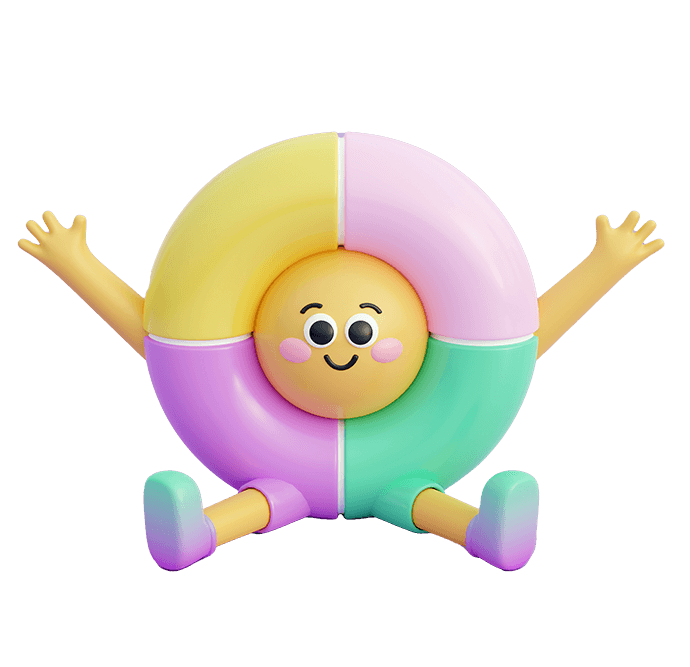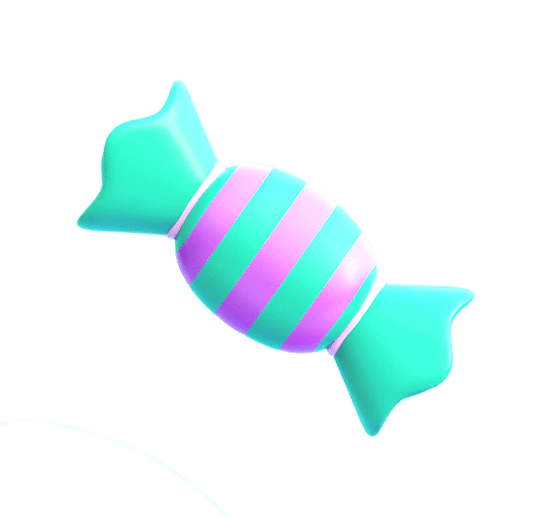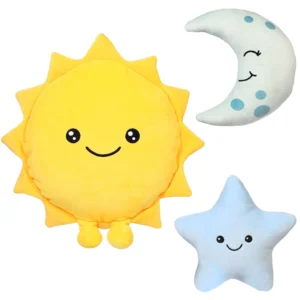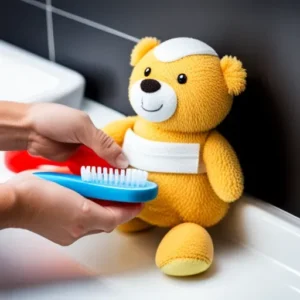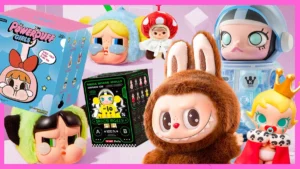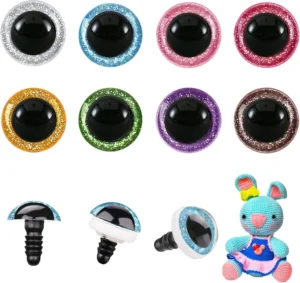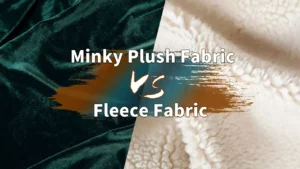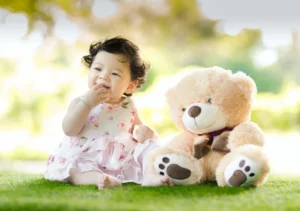Choosing the best stuffed toys for babies means prioritizing safety, softness, and sensory appeal. These toys support early development while providing comfort and security to little ones.
Safe materials like organic cotton and hypoallergenic polyester make stuffed toys ideal for babies. Soft textures encourage tactile exploration and comfort. Designs should avoid small parts to prevent choking. Certifications such as ASTM and CPSIA ensure compliance with safety standards. Educational features, like crinkly fabrics and rattles, enhance sensory development. Easy washing and durability are essential for maintaining hygiene and longevity.
Now, let’s explore the key factors that define the best stuffed toys for babies.
1. What Materials Are Safe And Suitable For Baby Stuffed Toys?
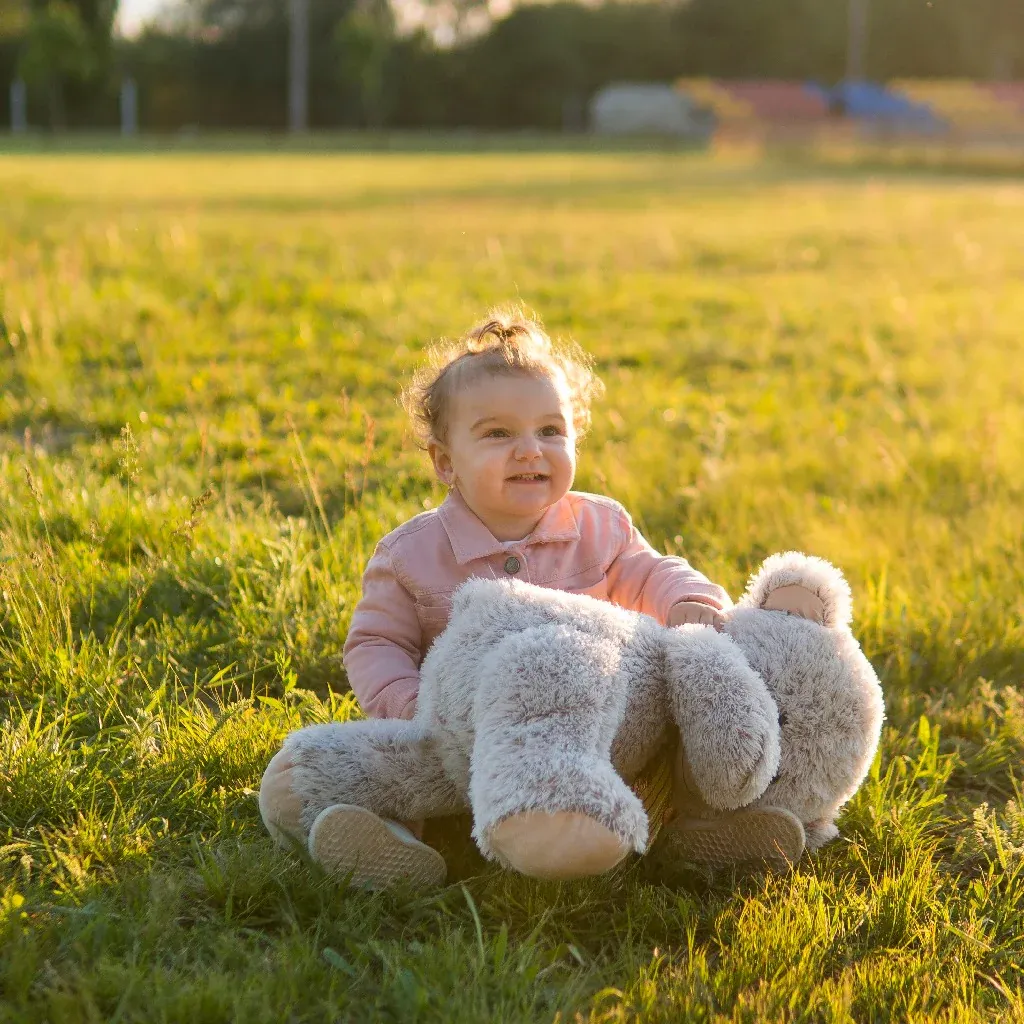
Safety is the top priority when selecting materials for baby stuffed toys. Babies explore their world mainly through touch and mouth, so all materials must be non-toxic, hypoallergenic, and free from harmful chemicals.
Common safe fabrics include organic cotton, bamboo fiber, and high-quality polyester plush. These materials are soft against delicate skin and resistant to irritants.
Fillings usually consist of polyester fiberfill, which is lightweight, washable, and allergen-free. Avoid synthetic fillers that could cause allergic reactions or plastic pellets that pose choking risks.
Dyes and finishes must be certified non-toxic and gentle, with no harsh chemicals.
Manufacturers like Kinwin carefully source fabrics and fillings meeting strict global safety standards to protect babies.
| Material | Characteristics | Benefits for Babies |
|---|---|---|
| Organic cotton | Soft, breathable, natural | Hypoallergenic, gentle on skin |
| Bamboo fiber | Soft, antibacterial | Resists bacteria and odors |
| Polyester plush | Soft, durable | Easy to clean, hypoallergenic |
| Polyester fiberfill | Lightweight stuffing | Maintains shape, safe |
Using these materials ensures baby toys are both safe and comfortable.
2. How Do Softness And Texture Influence A Baby’s Interaction With Stuffed Toys?
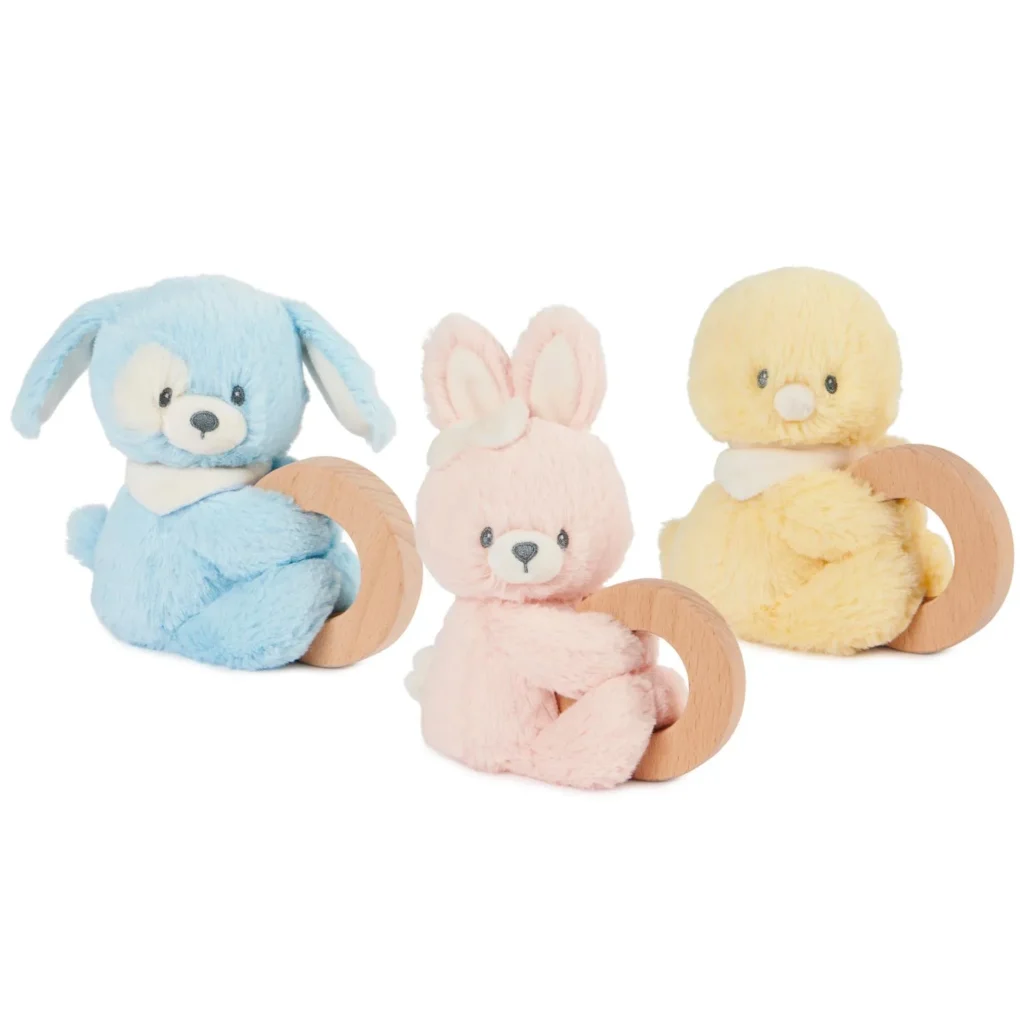
Softness and texture greatly affect how babies interact with stuffed toys, as tactile experiences support sensory development.
Soft, plush fabrics provide comfort and encourage babies to cuddle and explore. Different textures—like crinkly fabrics, smooth velour, or ribbed cotton—stimulate tactile senses, helping babies learn through touch.
Varied textures promote hand-eye coordination and fine motor skills as babies grasp and manipulate toys.
Toys with gentle contrasts in texture also attract visual and sensory attention, keeping babies engaged longer.
Designers incorporate multiple soft textures to create multi-sensory experiences that support cognitive growth.
| Texture Type | Sensory Benefit | Impact on Baby |
|---|---|---|
| Plush fabric | Comfort, softness | Encourages cuddling |
| Crinkly fabric | Sound and touch stimulation | Develops sensory awareness |
| Velour/ribbed cotton | Visual and tactile contrast | Enhances hand coordination |
Softness and texture are key to a baby’s comfort and developmental engagement.
3. What Design Features Should Be Prioritized For Baby-Friendly Stuffed Toys?
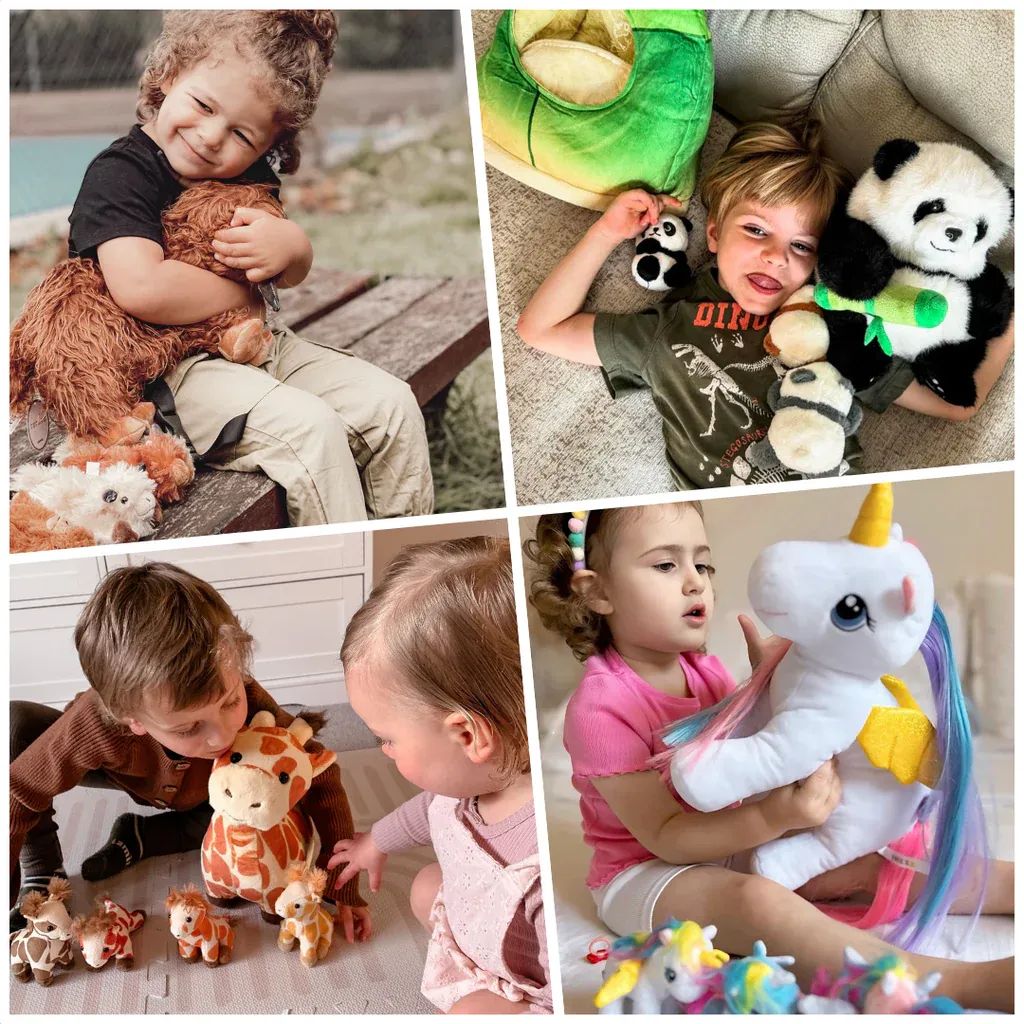
Designing stuffed toys for babies demands attention to safety, ease of use, and sensory engagement.
Avoid small parts such as buttons or beads that pose choking hazards. Instead, use embroidered eyes and noses securely stitched into the fabric.
Rounded edges and soft shapes minimize injury risk during play.
Include features like loops or tags for easy grasping and attachment to cribs or strollers.
Bright but gentle colors stimulate visual development without overwhelming.
Incorporating sensory elements like rattles, mirrors, or crinkle sounds promotes learning and curiosity.
Manufacturers must also consider toy size—small enough for easy handling but large enough to prevent swallowing.
| Design Feature | Purpose | Baby Benefit |
|---|---|---|
| Embroidered details | No loose parts | Safe from choking risks |
| Soft, rounded shapes | Safe handling | Minimizes injury |
| Sensory elements | Stimulate senses | Encourages exploration |
| Grasping loops/tags | Easy to hold and attach | Develops motor skills |
Thoughtful design creates safe and engaging toys that babies enjoy.
4. Which Certifications Ensure The Safety Of Stuffed Toys For Babies?
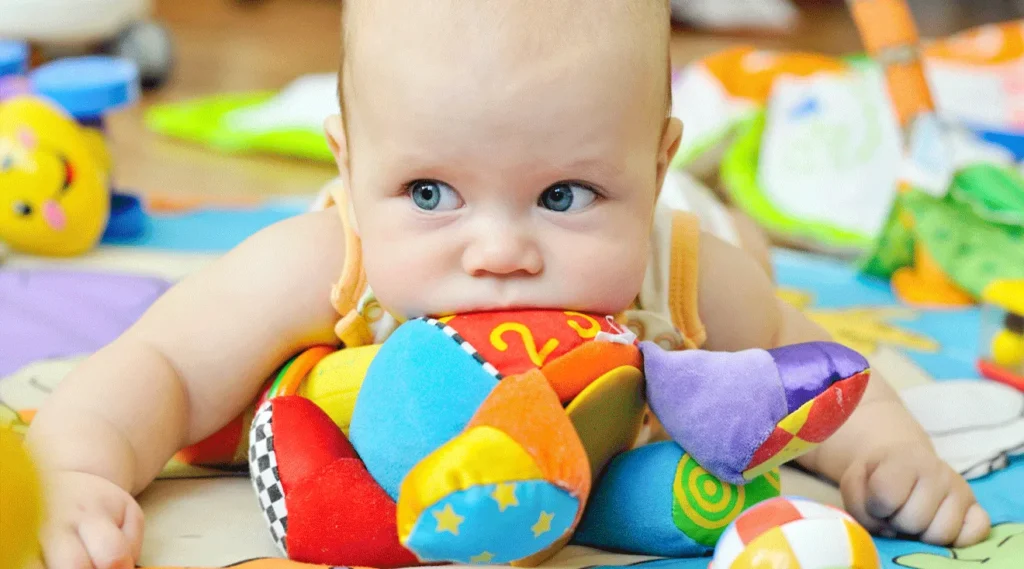
Certified safety marks provide assurance that baby stuffed toys meet strict regulations for child safety.
- ASTM F963 (USA): Covers mechanical and chemical safety requirements for toys.
- CPSIA (USA): Limits lead, phthalates, and other harmful substances in children’s products.
- EN71 (Europe): European safety standard for toy materials and construction.
- OEKO-TEX Standard 100: Certification for textiles free from harmful substances, especially important for baby products.
- GOTS (Global Organic Textile Standard): Certifies organic fibers and environmentally friendly production.
Brands like Kinwin adhere to these certifications to ensure their baby stuffed toys are safe for the most sensitive users.
| Certification | Focus | Region |
|---|---|---|
| ASTM F963 | Mechanical, chemical safety | USA |
| CPSIA | Toxic substance limits | USA |
| EN71 | Toy safety requirements | Europe |
| OEKO-TEX Standard 100 | Harmful substances in textiles | International |
| GOTS | Organic fiber certification | International |
Certifications guarantee safe play for babies and compliance with global standards.
5. How Do Educational And Sensory Features Enhance Baby Stuffed Toys?
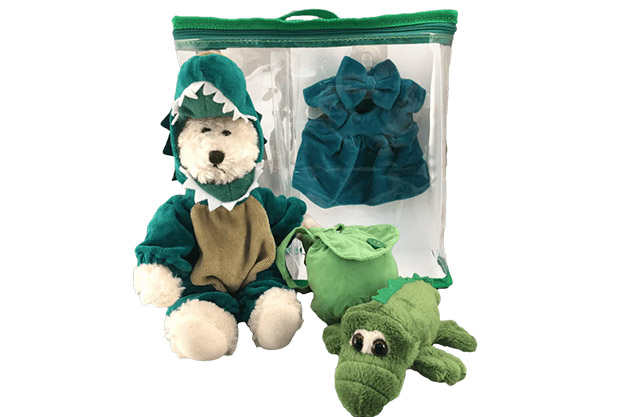
Incorporating educational and sensory features transforms stuffed toys into developmental tools.
Toys with crinkle fabrics, rattles, squeakers, and textured surfaces stimulate auditory, tactile, and visual senses.
These elements support early brain development, hand-eye coordination, and motor skills.
Some stuffed toys include simple interactive components, like peek-a-boo flaps or mirrors, encouraging cognitive learning.
Colors chosen for baby toys typically use soft pastels or high-contrast patterns that aid visual tracking.
Parents and caregivers appreciate toys that combine comfort with educational value.
| Feature | Sensory Type | Developmental Benefit |
|---|---|---|
| Crinkle fabric | Auditory, tactile | Enhances sensory awareness |
| Rattles | Auditory | Encourages cause-effect understanding |
| Textured surfaces | Tactile | Develops fine motor skills |
| Soft mirrors | Visual | Supports visual recognition |
Educational sensory features help babies learn while having fun.
6. What Are The Key Considerations For Washing And Maintaining Baby Stuffed Toys?
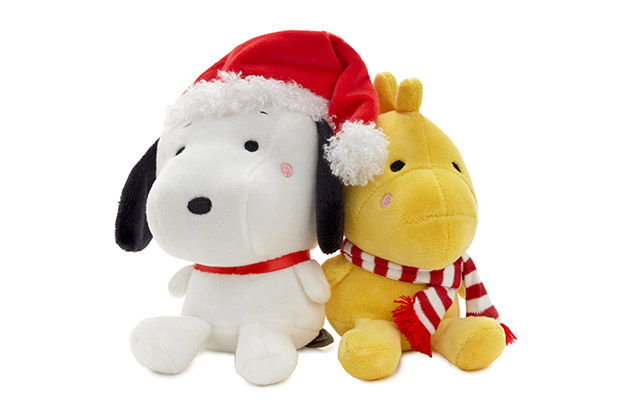
Keeping baby stuffed toys clean is essential for hygiene and safety.
Choose machine-washable fabrics and fillings to allow easy cleaning without damage.
Designs should avoid delicate embellishments that could loosen in the wash.
Use mild detergents free from harsh chemicals or fragrances that might irritate baby skin.
Drying methods must preserve shape and softness; air drying is preferred, but low-heat tumble drying is acceptable for many toys.
Regular washing prevents allergen buildup and extends the toy’s usable life.
| Maintenance Aspect | Recommendation | Benefit |
|---|---|---|
| Machine washability | Select washable materials | Easy, effective cleaning |
| Detergent | Use mild, fragrance-free | Prevents skin irritation |
| Drying | Air dry or low heat tumble | Maintains shape and texture |
| Regular washing | Frequent cleaning | Reduces allergens and germs |
Proper care keeps baby toys safe, soft, and hygienic over time.
The best stuffed toys for babies combine safe materials, thoughtful design, certified safety, sensory education, and easy maintenance, ensuring comfort and developmental benefits.
For trusted baby stuffed toy manufacturing and customization, contact Amanda at [[email protected]] or visit [https://plushtoyinchina.com].

